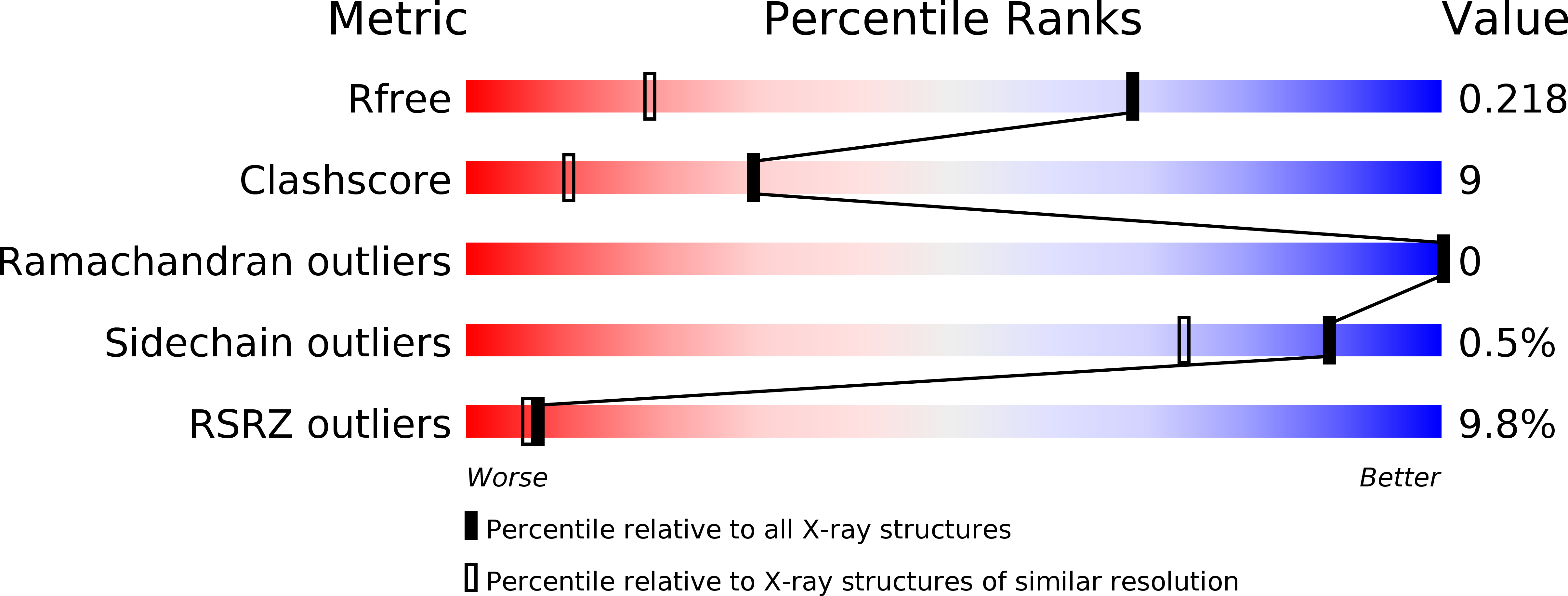
Deposition Date
2015-08-24
Release Date
2016-03-16
Last Version Date
2024-05-08
Entry Detail
PDB ID:
5DCL
Keywords:
Title:
Structure of a lantibiotic response regulator: N terminal domain of the nisin resistance regulator NsrR
Biological Source:
Source Organism:
Streptococcus agalactiae (Taxon ID: 1311)
Host Organism:
Method Details:
Experimental Method:
Resolution:
1.41 Å
R-Value Free:
0.21
R-Value Work:
0.19
R-Value Observed:
0.19
Space Group:
P 21 21 2


